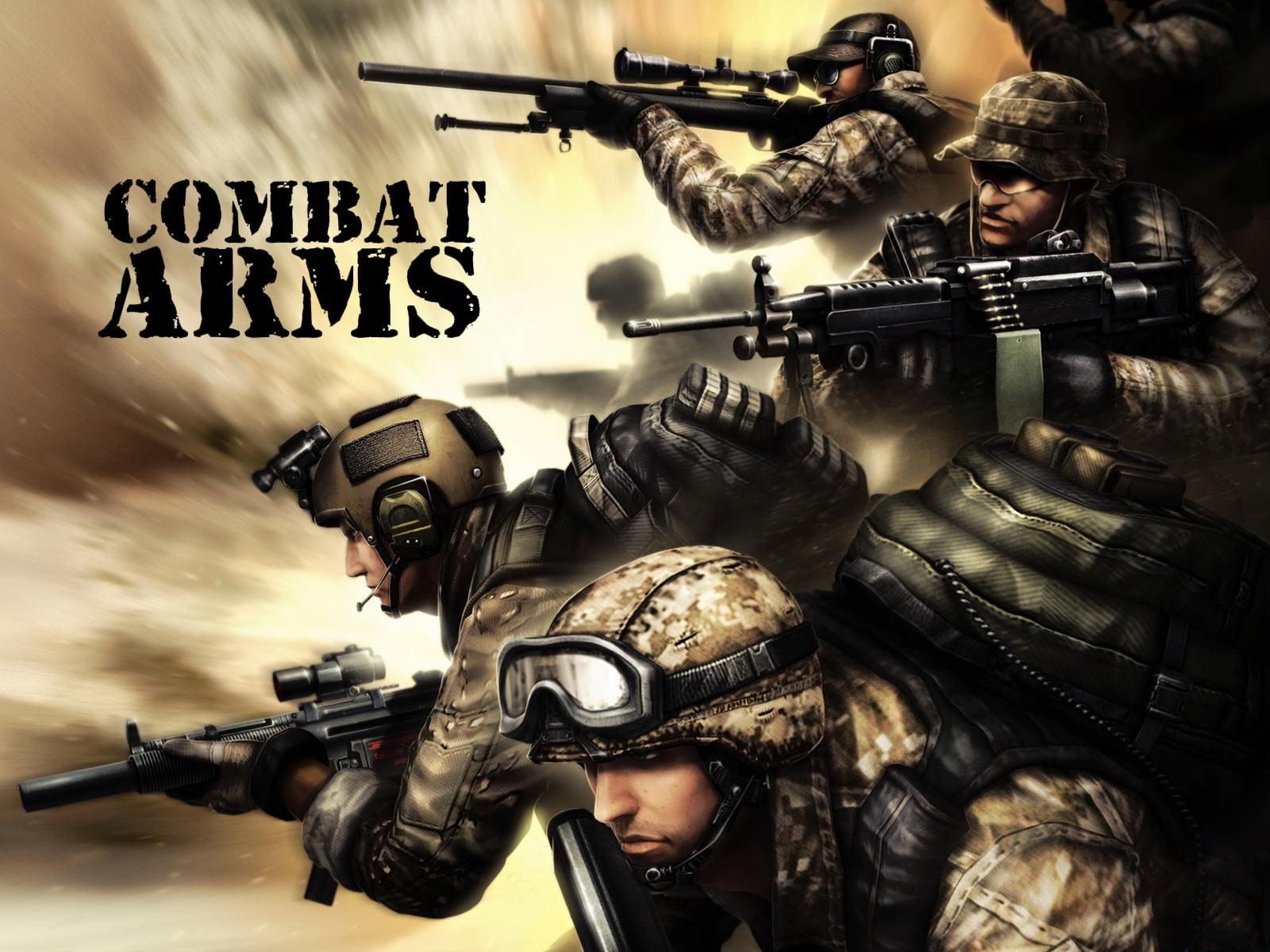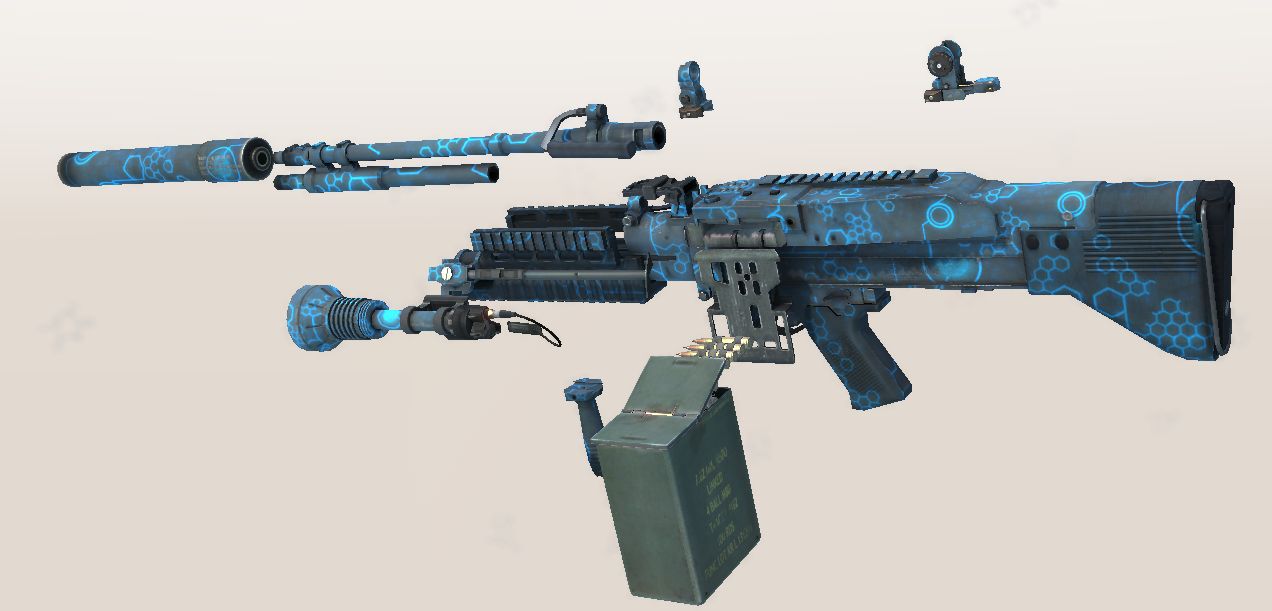
Women have been serving as leaders of Marine Corps platoons, Air Force Air Wings, combat vessels, howitzer section chiefs, and numerous Army units. The percentage of women in the services overall has been rising slowly in recent years, and female service members have slowly but steadily integrated combat arms jobs. What is the state of female integration across the services? Today, lawsuits challenge the constitutionality of excluding women from the Selective Service System and the National Commission on Military, National, and Public Service recently announced its recommendation that women be included in the Selective Service System. Secretary of Defense Leon Panetta announced in 2013 the plan to lift the ban on women in combat Secretary of Defense Ash Carter formally announced the change in 2015. In 2012, two lawsuits contesting limits on women serving in combat were filed in light of women’s service in the post-9/11 conflicts. A number of programs (the Lioness program, Female Engagement Teams, and Cultural Support Teams) saw women supporting ground combat and special forces teams for years.

The practical meaninglessness of a formal ban on women in combat became increasingly evident in a post-9/11 world in which women were dying for their country. This has allowed more female sailors and airmen to achieve general officer rank than their soldier and Marine counterparts. The 1994 rescinding of the 1988 “ Risk Rule” allowed women to serve in all positions except those engaged in direct ground combat roles subsequently, women have been able to serve in almost all Air Force and Navy positions since the mid-1990s, save for submarines and some small vessels. Despite institutional and cultural barriers, women are achieving greater seniority and leadership across the services. Updating this model to become more agile is not just critical for supporting talent management across the force, but also is essential for creating inroads and support for women in combat arms billets, where women are still a significant minority.ĭebate over women serving in combat roles has existed as long as there has been a military, with incremental progress throughout the history of the all-volunteer force. An industrial-age model leaves much to be desired for dual-professional couples as well as those service members who want to have families. Such a model is built into how the military conceives of its personnel, from the language embedded in parental leave policies that assumes a woman is the primary caregiver to the names of base support and spouse groups. The military personnel model has traditionally been premised around a young male force supported by stay-at-home spouses. Now, sufficient time has passed to note the status of integration across components and to see returns on recruitment and retention. Two years ago, there was mostly good news on integration efforts and there have been coverage of female “firsts” since. Five years is the length of a service academy contract and longer than the average enlistment contract. It has been five years since the ban on women in combat was lifted in 2015 and women began integrating previously closed combat arms billets in January 2016. Renewing the National Security Consensus.




 0 kommentar(er)
0 kommentar(er)
